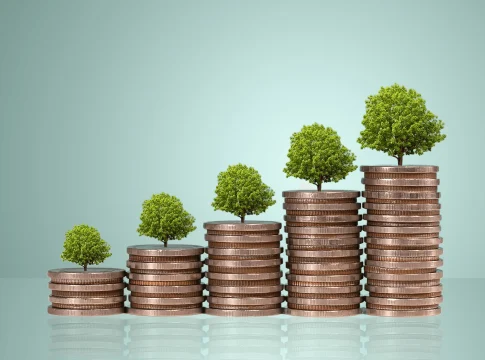Understanding High-Yield Savings Accounts: What You Need to Know
In today’s world of personal finance, high-yield savings accounts (HYSAs) have gained popularity for offering better interest rates compared to traditional savings accounts. However, before plunging into one, it’s crucial to understand the potential restrictions and nuances that come with these accounts.
What are HYSAs and How Do They Work?
High-yield savings accounts are savings options that typically promise higher interest rates, making them attractive for savers looking to grow their money without too much risk. While they may seem straightforward, they can come with specific limitations that could impact your savings strategy.
For instance, some HYSAs may place a cap on the number of monthly withdrawals or transactions you can make. This means if you’re frequently accessing your funds, you might hit these limits and incur fees. Additionally, many accounts require a minimum deposit to open, and you may find that the APY (annual percentage yield) can vary based on your account balance.
Traditional Savings Accounts vs. HYSAs
Contrasting HYSAs, traditional savings accounts usually have physical branches and are commonly offered by banks with local presence. While they generally provide lower interest rates, some community banks and credit unions offer competitive yields that can rival those of high-yield accounts. However, keep in mind that these traditional accounts can also have fees and restrictions.
- Transaction Limits: Both types of accounts often limit the number of withdrawals you can make each month.
- Deposit Requirements: Many savings accounts, traditional or high-yield, may require a minimum balance, impacting your access to higher rates.
The Impact of the Federal Reserve
One crucial factor influencing the rates of HYSAs is the Federal Reserve or "the Fed." The Fed sets a benchmark rate that guides how banks lend money to each other. When the Fed raises this rate, many banks respond by increasing the interest rates on savings accounts, including HYSAs. Conversely, if the Fed cuts rates, expect corresponding decreases in savings yields.
This dependency on the Fed’s rate decisions means that as a saver, you might need to stay alert to these changes to make the most of your savings strategy. For example, if the Fed announces an increase, switching to a high-yield account could be an excellent way to maximize your returns.
Final Takeaway
Before you dive into a high-yield savings account, it’s essential to weigh the pros and cons. Look closely at the fine print for any deposit or transaction requirements, as these may affect your savings strategy. And don’t forget to keep an eye on the Fed’s rate changes—they can have a significant impact on your earning potential.
By understanding these key aspects, you can make informed choices that align with your financial goals, ensuring that every dollar saved works as hard as it can for you.

Writes about personal finance, side hustles, gadgets, and tech innovation.
Bio: Priya specializes in making complex financial and tech topics easy to digest, with experience in fintech and consumer reviews.

